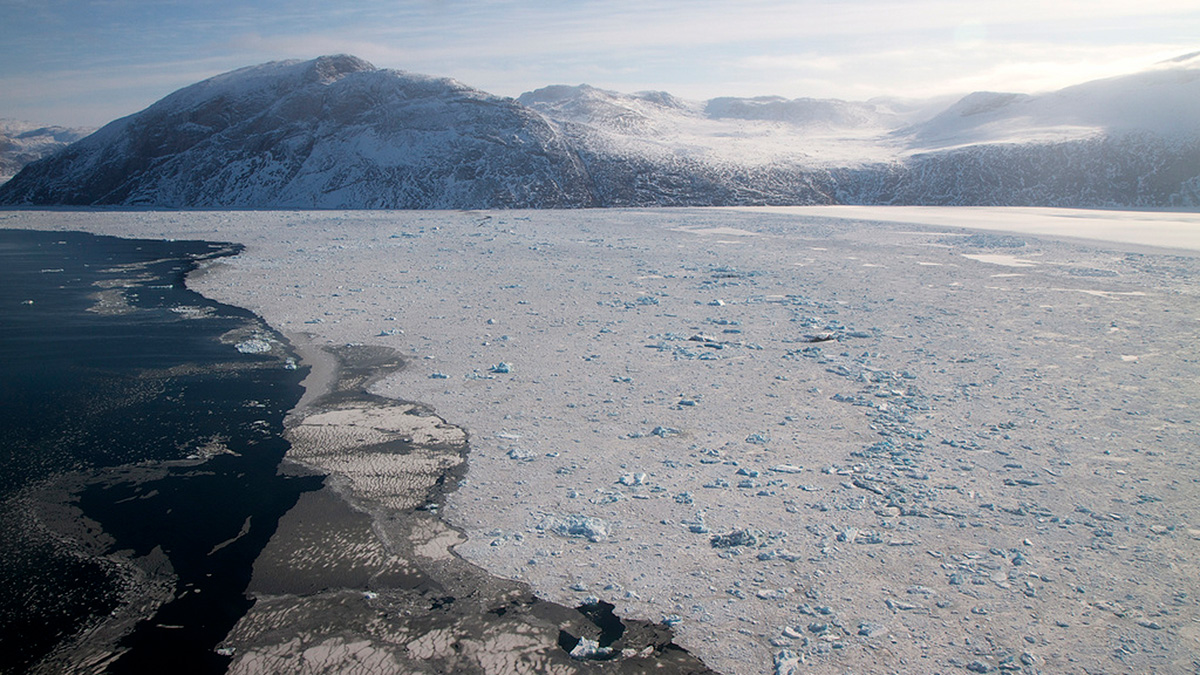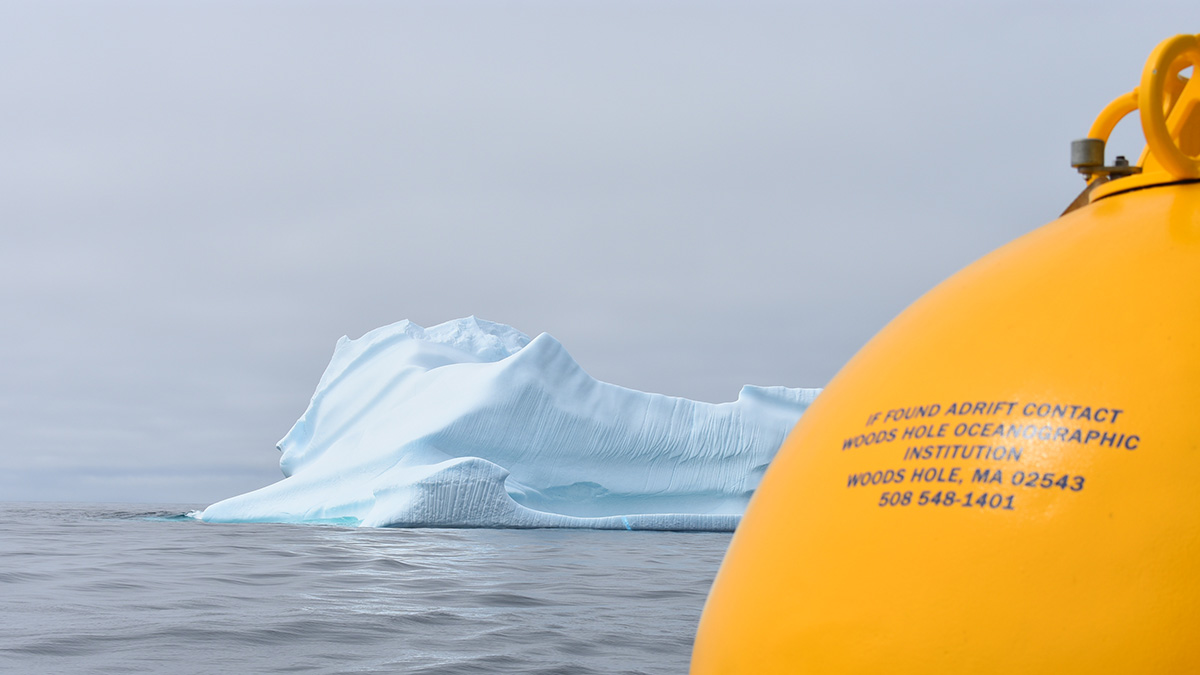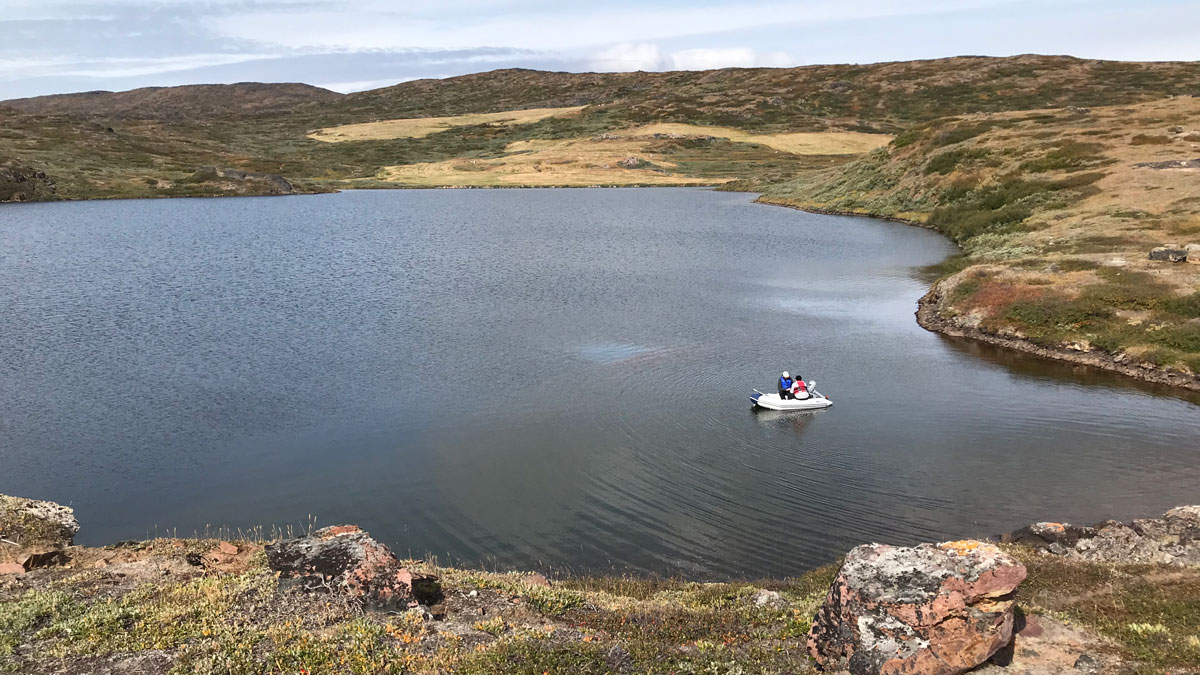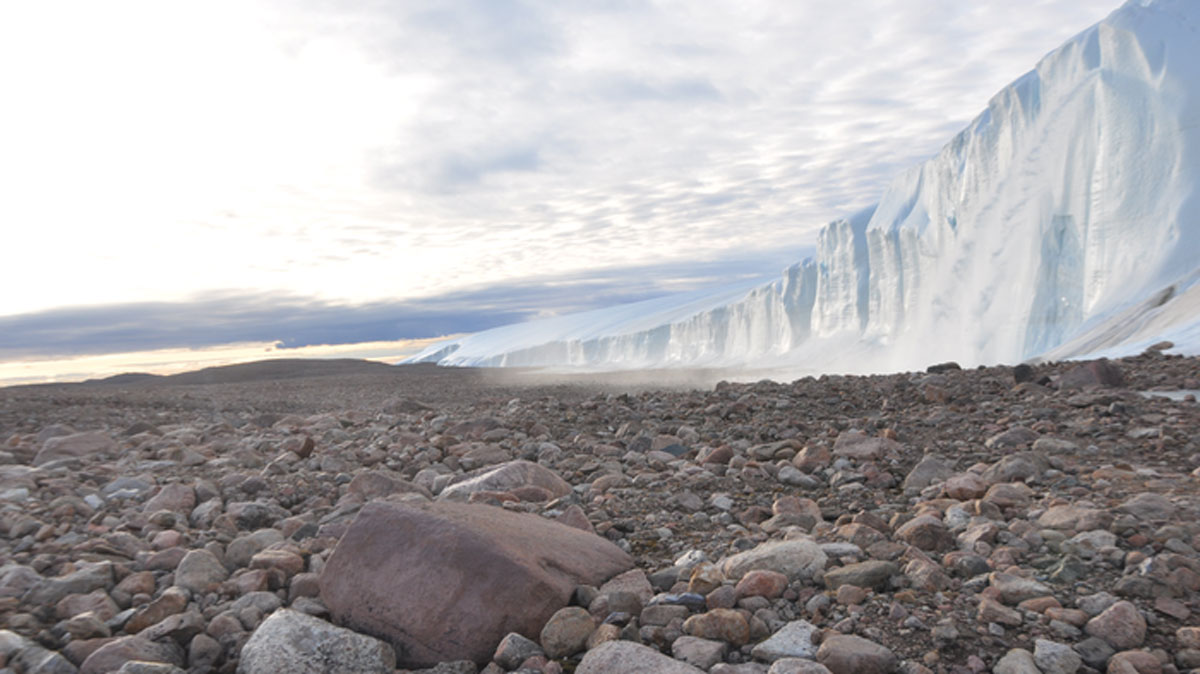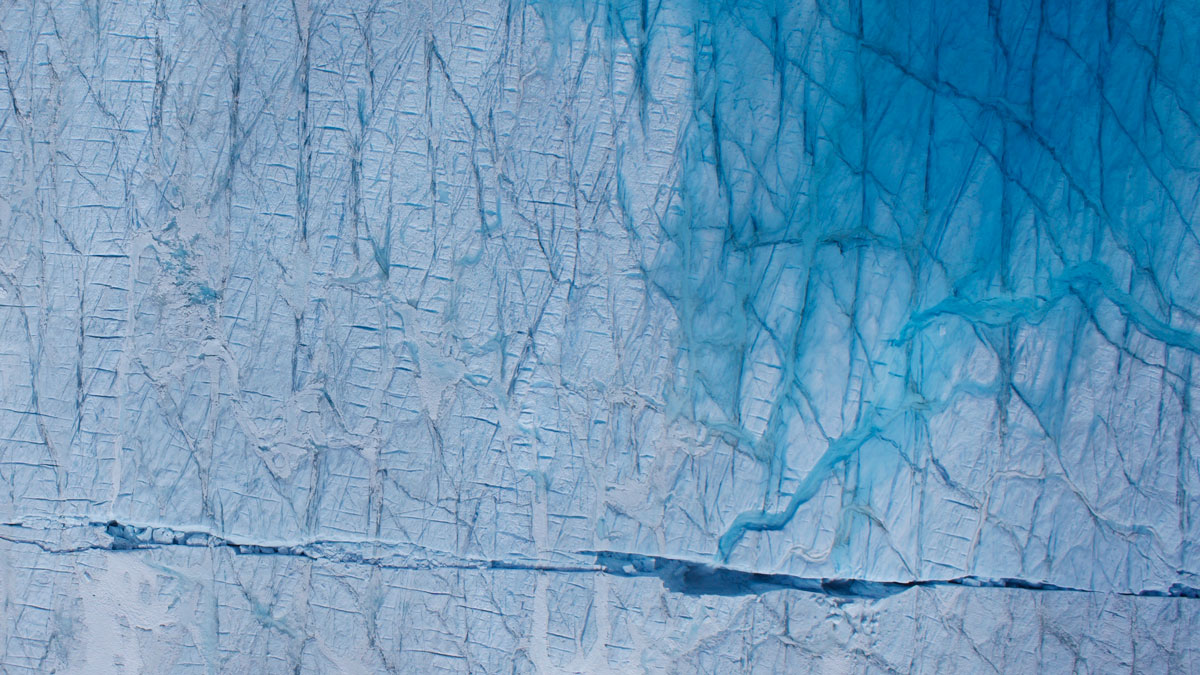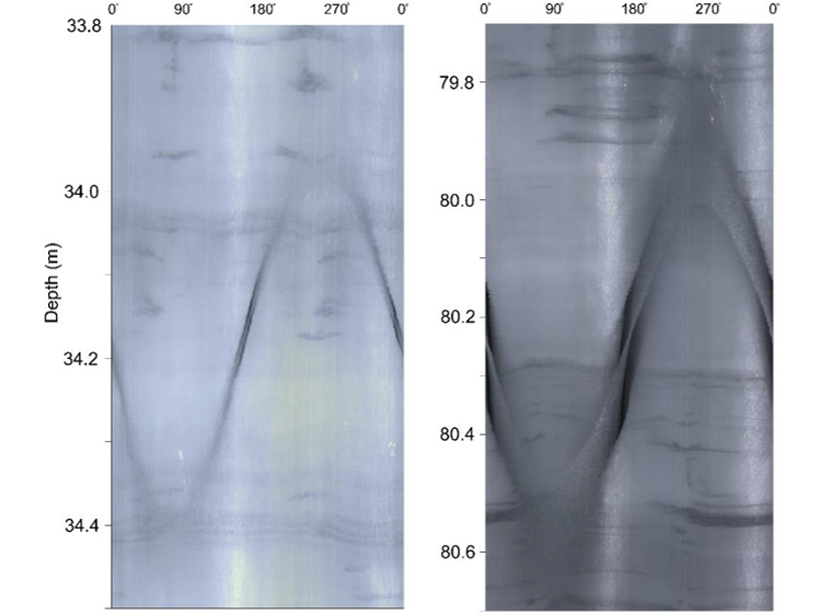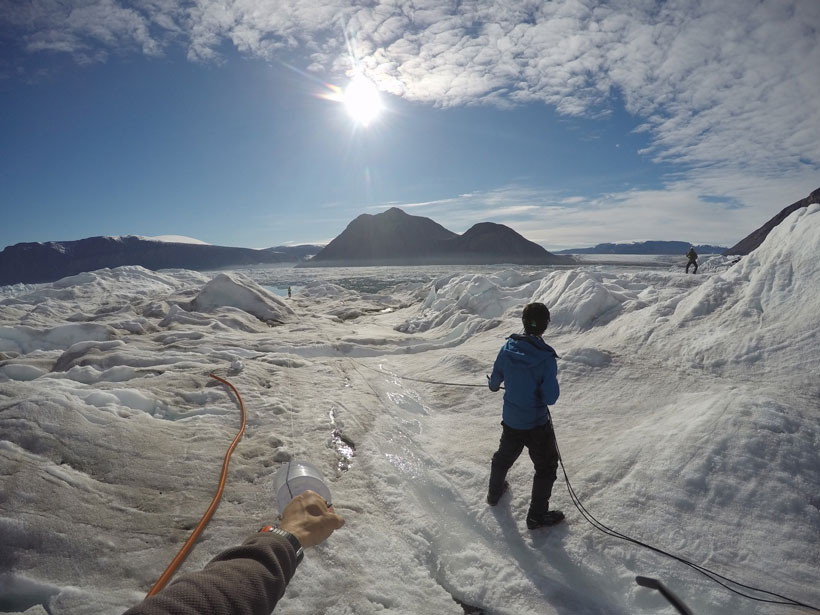Researchers explored the patterns and drivers of variability in fjords linking the Greenland Ice Sheet and the Atlantic Ocean using numerical simulations and in situ observations.
Greenland
When Winds and Currents Align, Ocean Mixing Goes Deep
Slantwise convection in the Irminger Sea off Greenland appears to mix ocean water to deeper depths than previously thought, representing an important contribution to Atlantic overturning.
Evidence of Drought Provides Clues to a Viking Mystery
A persistent drying trend, not plunging temperatures, may have played a role in the unexplained disappearance of Norse settlers from Greenland, according to researchers.
Arctic Sea Ice is Crucial for Forecasting Ural Blocking
By solving the nonlinear optimization problem, sea ice concentration in Greenland, Barents and Okhotsk Seas is found crucial for prediction of strong and long-lasting Ural blocking formation.
Impact Structure Hidden Under Arctic Ice Dates to the Paleocene
Greenland’s Hiawatha impact structure, more than 30 kilometers in diameter, is much older than previously thought, new results suggest.
It’s Getting Hot Under Greenland
Meltwater draining through an area of the Greenland Ice Sheet creates enough energy to rival that of a massive hydroelectric power station, researchers say.
Arctic Unicorns and the Secret Sounds of a Glacial Fjord
The successful deployment of a seafloor seismometer near the calving front of a Greenland glacier has opened a new avenue to study hidden glacial processes and the behavior of fjord-dwelling wildlife.
Undertaking Adventure to Make Sense of Subglacial Plumes
Novel observations and inventive analyses of glacial discharge in Greenland have revealed new insights into the irregular and chaotic nature of ice-ocean interactions at glacial calving fronts.
Evidence of Crevasses Transporting Heat Deep into Greenland Ice
Crevasses are a feature of ice sheets but how deep they extend has been a mystery. Now crevasse traces have been visually identified to 265 meters in a borehole in a fast-moving outlet glacier.
The Chaos Beneath a Glacier’s Calving Front
For the first time, researchers have captured continuous data on the abrupt changes and activities happening at a glacier’s calving front.

